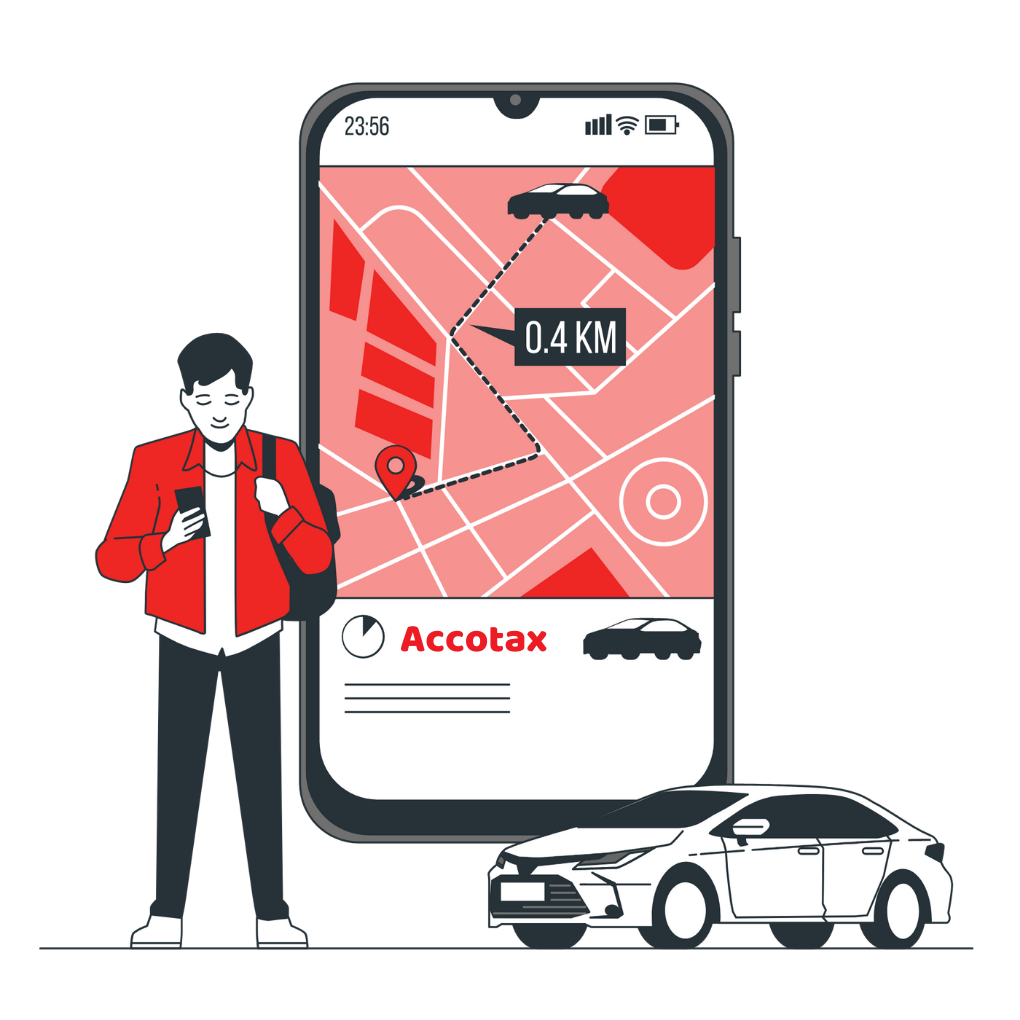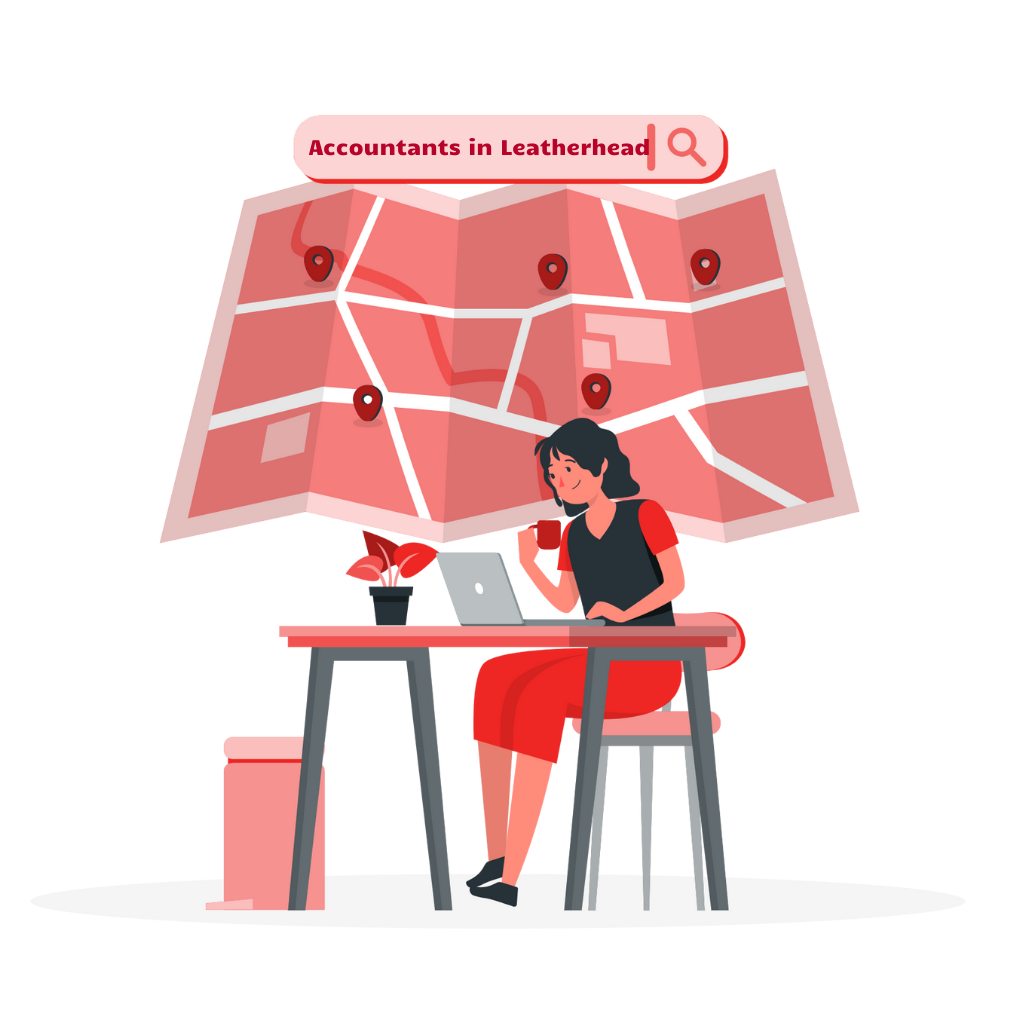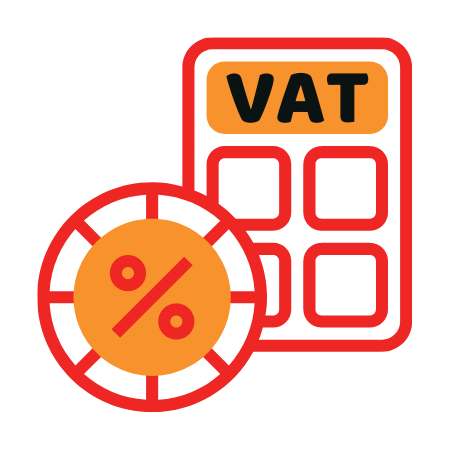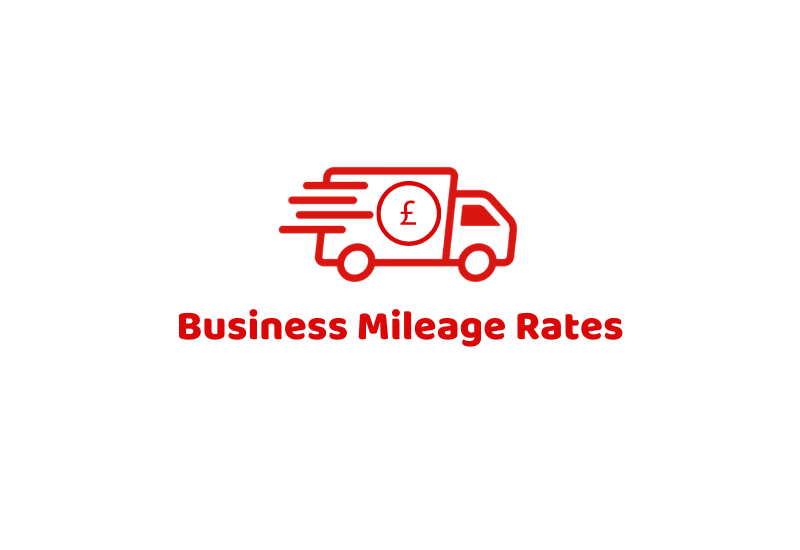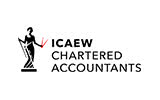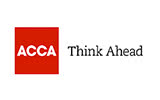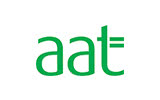From 2013-14 onwards, businesses may use a fixed rate per business mile to compute their vehicle expenses under the new simplified expenses rules. They can use this method of relief as an alternative to keeping detailed records of actual expenditure.
The fixed-rate deduction covers expenditure in respect of the acquisition, ownership, hire, leasing or use of cars, motorcycles. It also includes goods vehicles used for the purposes of the trade.
This method of computing vehicle expenses is entirely optional, whether the business is also using the cash basis or not.
The key features of the scheme are:
Eligibility for Mileage Claim:
All sole traders and business partnerships (excluding those with a corporate partner) can calculate their vehicle expenses using a fixed rate per business mile for the tax year 2013-14 onwards.
Once a business has adopted the mileage rate basis for a vehicle, it must apply from year to year for as long as the vehicle remains in the business. No actual expenditure or capital allowances can claim in relation to that vehicle. The business can only change to or from an ‘actual’ basis when a vehicle replaced.
Qualifying journeys – What Journies are covered
The mileage rate is only available for journeys. Maybe any identifiable part or proportion of a journey, that is wholly and only for business purposes. It is not available for private journeys, such as travel from home to work, or for journeys that serve both a business and a private purpose.
It is therefore important that a contemporaneous record of business mileage is maintained to support any claim using the flat rate.
Costs covered by the mileage rate – What is included in Mileage Rate?
The mileage rate covers the costs of buying, running. It also includes maintaining the vehicle, such as fuel, oil, servicing, repairs, insurance, vehicle excise duty, and MOT. The rate also covers the depreciation of the vehicle.
Costs not covered by the mileage rate
The mileage rate doesn’t contain incidental expenses incurred in connection with a particular journey, such as tolls, congestion charges, and parking fees. These will be allowable as a deduction where they are incurred solely for business purposes.
Capital allowances
If capital allowances have ever claimed in respect of a vehicle, then the mileage rate can never use for that vehicle. This is because the rate already contains an element to allow for depreciation.
Instead, the business proportion of the actual costs of running and maintaining the vehicle may claim as an allowable deduction in calculating the profits of the trade or profession, alongside capital allowances.
Mileage rate and cash basis
If a business has elected to use the new cash basis, it can also use the mileage rate, but only for vehicles on which no capital allowances have claimed.
Under the cash basis rules, a business can have a deduction for expenditure on acquiring goods vehicles and motorcycles (but not cars). If the business has made such a deduction, it cannot use the mileage rate in respect of that vehicle. But can claim the business proportion of the actual costs of running and maintaining the vehicle.
The rates per business mile that can be claimed are:
Business mileage rates
| The rates per business mile that can be claimed are: | ||
| Cars and goods vehicles first 10,000 miles | 45p | |
| Cars and goods vehicles after 10,000 miles | 25p | |
| Motorcycles | 24p |
The number of people in the vehicle does not affect the rates.
Disclaimer: Some extracts of this blogpost have been taken from the following resource.

































